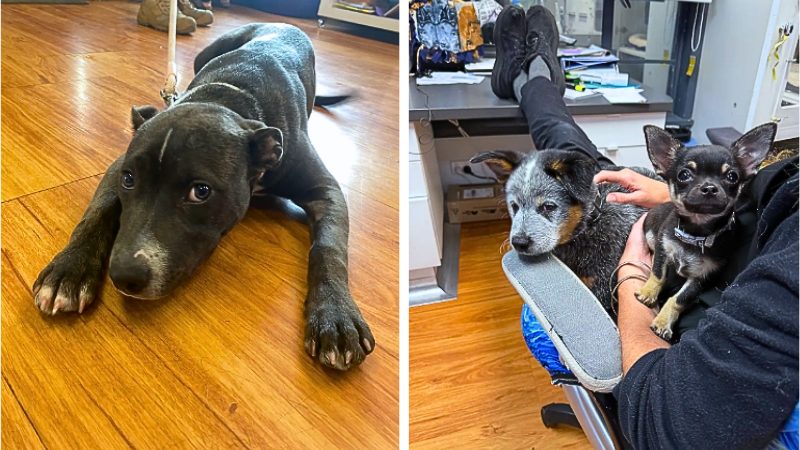
Your dog growls at guests, they’ve chewed your shoes, and turns every walk into a struggle. Sound familiar? You’re not alone.
When does your pet cross the line from cheeky to crying out for help and understanding? Who can you turn to for a professional but honest & balanced opinion? This is the role of a behaviourist.
We’ve prepared this blog to help explore the signs, struggles, and reasons why reaching out to a behaviourist might be the best next step for you & your fur family.
Four Reasons to Consider a Behaviourist for Your Pet
What we call ‘bad’ behaviour is often your pet coping with stress, fear, or uncertainty, the only way they know how.
1. What’s Normal… and What’s Not
Not every strange behaviour means something’s wrong—but sometimes, it does. The truth is, many signs of stress, fear, or anxiety are easy to miss or misunderstand.
That’s where a behaviourist comes in with a professional and educated assessment of your pet’s behaviour, within the context of their home life. You don’t need to have all the answers or perfect video evidence.
Just describing what you see is often more than enough. Remember that reaching out early can greatly affect your pet’s prognosis for recovery or management
2. When It’s Not Naughtiness —It’s a Cry for Help
Is your dog wary of house guests? Growling or cowering when approached for a cuddle and pat? Or maybe it’s the opposite, and they’re just so excited it’s like they’ve lost all sense.
These common behaviours are symptoms of emotional overload.
A behaviourist helps you decode what your pet is really trying to say and shows you how to communicate back with them to provide them the direction they need.
3. Behavioural Disorders Can Be Down to Brain Chemistry
Sometimes, it’s not about training—it’s about biology. Like us, pets can struggle with anxiety, trauma, or emotional dysregulation. And no amount of obedience training can fix what’s happening on a chemical level within the brain.
That’s where integrated care shines—treating the whole pet, mind and body, sometimes with the help of medications to help relax your pet and improve their learning.
4. Rescue Pets and the Weight of the Past
Some pets come to us with invisible wounds—trauma from neglect, mistreatment, or being rehomed. These wounds can show up in fear of people, noise, change, or touch.
Healing takes time, patience, and the right kind of help. A behaviourist guides you and your pet through building trust again.
At home, stick to a steady routine, offer calm affection when your pet wants it, and create a quiet space where they can feel safe and undisturbed.
The True Role of a Behaviourist
A behaviourist doesn’t just manage symptoms—they uncover what’s really going on beneath your pet’s behaviour. By identifying their root causes, they guide you step-by-step to create lasting change.
With science-backed, compassionate strategies, they help you rebuild trust, restore calm, and bring emotional relief for both you and your pet.
At Lilydale Vet Centre, we support your pet’s emotional wellbeing, not just their physical health.
Don’t just manage the behaviour—heal the bond.



